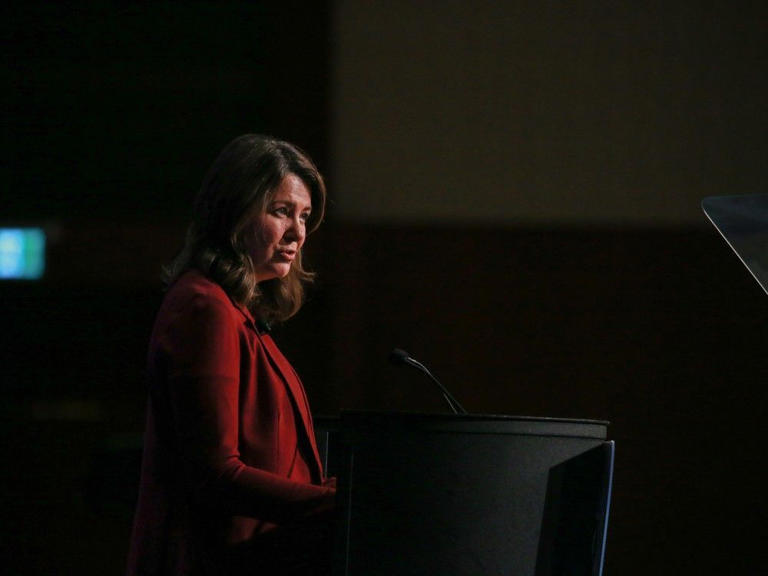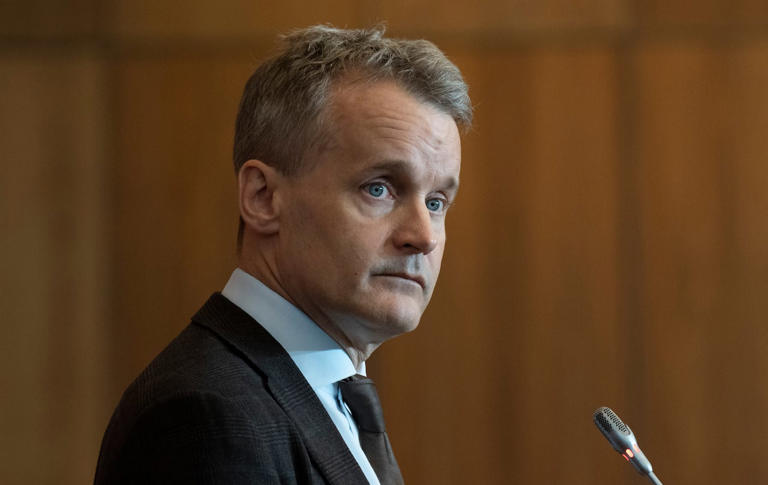QIA takes federal government to court over fisheries
The Qikiqtani Inuit Association has launched a court challenge against a recent decision by the Department of Fisheries and Oceans to transfer valuable Nunavut-adjacent water fishing licences in the Davis Strait to “non-Inuit southern interests.”
The Qikiqtani Inuit Association (QIA) is arguing that there is and will be significant economic loss incurred to Inuit, including “direct and indirect benefits for Inuit that have not been realized since the creation of the territory in 1999.”
Citing Article 15 of the Nunavut Agreement, the QIA is accusing the Department of Fisheries and Oceans (DFO) of a failure to fairly distribute commercial fishing licences in adjacent waters, which is a “viable pillar of the Nunavut economy [that] requires addressing unequal and unjust treatment of Inuit within the fisheries.”
The QIA emphasized that this is a crucial decision in the ongoing matter of reconciliation.
“Economic development,” the regional Inuit association states, “is an important way to affirm and enact Inuit jurisdiction and authority while building the Inuit economy.”
The QIA cites the importance of improving the “blue economy” — sustainability in fishing and marine practices — as well as managing the risks and best practices in an industry so heavily dependent on the extraction of non-renewable resources. In addition, non-Indigenous jurisdictional concerns play a part in how these practices and the balance of the economy is meted out. The Qikiqtani-based organization says it is attempting to work with the federal government on the “a fisheries reconciliation approach to quota distribution.
“Increasing Inuit participation in fisheries is therefore a tangible way that QIA can advance economic development while minimizing the need to further expand non-renewable resource extraction activities,” the QIA stated.
With this court challenge, the QIA is also aiming to increase protected areas by 30 per cent by 2030.
Economic losses quantified
The Qikiqtani Inuit Association carried out an economic analysis “to better understand the consequences on Inuit resulting from the federal government’s failure to increase access to the fisheries.”
Its findings were that between 1993-2022, $600 million in indirect economic Inuit benefits were lost, as well as, $450 million in lost economic opportunities. Furthermore, “these economic losses are likely to extend into the future if there is no change in approach and decision-making in Nunavut’s adjacent waters fisheries quota by the federal government.”
When asked for clarification, the QIA gave examples of indirect benefits as the additional economic benefit to the Inuit economy from higher income in the fisheries sector, the social returns from policies and programs undertaken by Inuit organizations that collect fisheries royalties and the reinvestment of profits by Inuit-owned fisheries businesses into productive activity.
“QIA identified Nunavut fisheries as holding many potential opportunities… fishing represents an important economic base for Inuit specifically, which has important socio-economic impacts – for example, commercial fishing licences are all held by Inuit-owned companies, and the industry is intended to create locally-based training and job opportunities specifically for Inuit… To date, Inuit have not seen their fair share of quota in the adjacent water fisheries” the QIA stated. “As a key component of our recent Qikiqtani-Project Finance for Permanence Agreement in Principle, QIA is working to reinforce Qikiqtani Inuit control and care of the land and water, including those waters in the offshore and adjacent to the Qikiqtani region.”
The court heard the legal challenge, known as a “judicial review,” in Iqaluit on Oct. 16-18. It was not known at the time of writing when a decision will be rendered.
Kira Wronska Dorward, Local Journalism Initiative Reporter, Nunavut News










